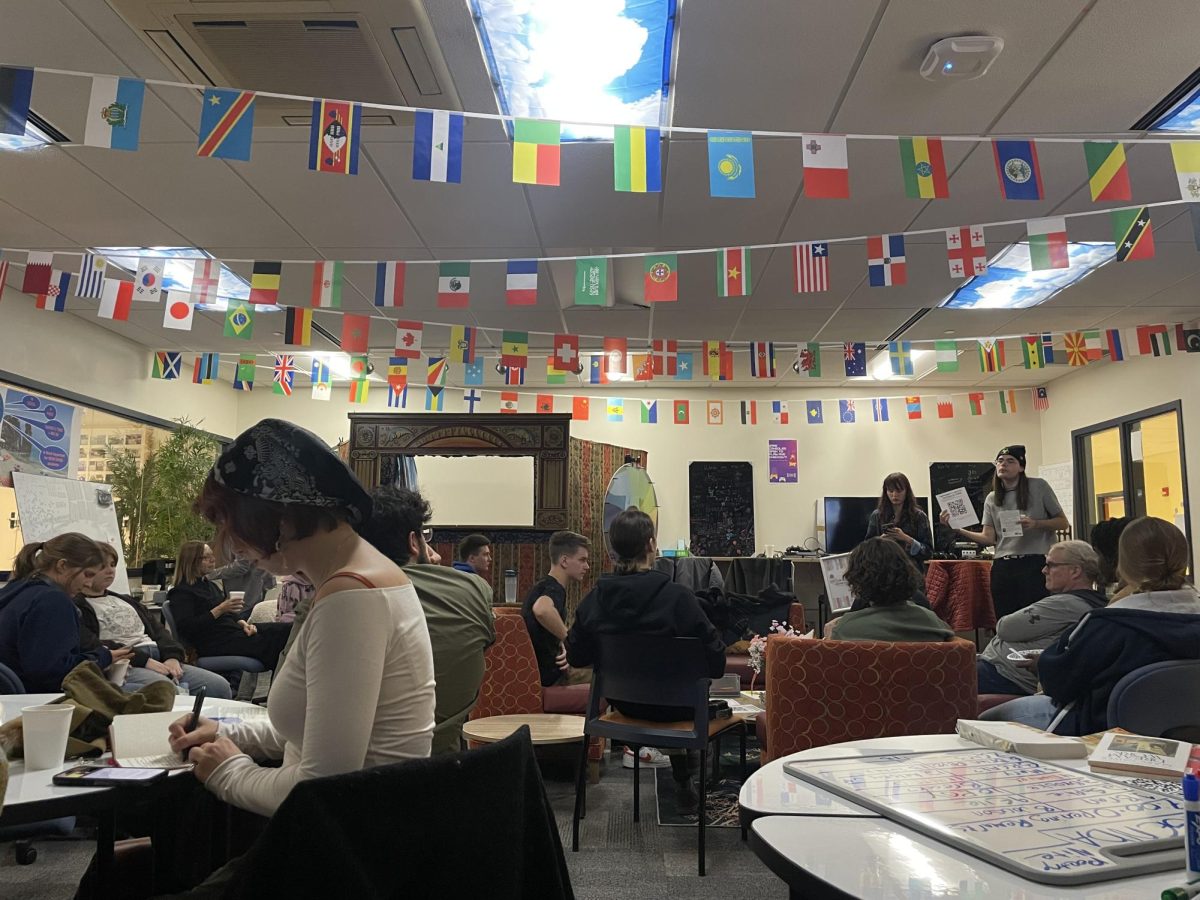With the upcoming rerelease of “Shrek 2” and all eight live-action “Spider-Man” films in theaters across the country, movie studios hope to bring people back to the cinema with the power of nostalgia.
After the COVID-19 pandemic and the SAG-AFTRA strikes that halted countless productions, the film industry has made a noticeable shift to provide audiences with alternative viewing options. Driven by passionate cinephiles who yearn for the opportunity to see their favorite films on the big screen, the growing trend of movie studios and theaters rereleasing old films has exploded in recent years.
Spencer Everhart, adjunct professor of film & video production at Grand Valley State University, said movie studios and corporations with popular intellectual property, like Universal and Disney, have capitalized on this trend.
Additionally, independent film studio A24 partnered with IMAX this year to bring back a number of popular titles, such as “Ex Machina,” “Uncut Gems” and “Hereditary.” At the same time, Disney and Lucasfilm are rereleasing all mainline entries in the “Star Wars” franchise on May 4 for the annual fan holiday “May the fourth be with you.”
However, Everhart said people rewatching old films in theaters is not necessarily new, but has become more widespread and accessible because of distribution from larger film corporations.
“Head to any major city with a thriving film culture and moviegoing community and you’ll find plenty of retrospective or repertory screenings of older movies playing all the time at smaller venues (and) arthouse theaters,” Everhart said. “For viewers, especially those who crave the theatrical experience, it can mean the chance to see something in a way that had never been available to them before.”
Alternatively, Everhart argues against the mass commercialization of this practice because of the challenges it provides smaller cinemas that show older films. Everhart said this can pose a challenge for local theaters and venues. It can make it more difficult to foster and maintain their already established community of movie lovers. Similarly, Everhart said there are also fewer independent and low-budget options at national theater chains, as a result.
“By taking up space on multiple screens at movie theaters, combined with their new release titles, corporations like Disney are actively preventing independent, smaller, arthouse works from being shown on those screens,” Everhart said. “It crowds out the options available to the viewing public and moves them towards the product those companies want to sell, which makes it more difficult for other alternative offerings to get attention.”
In Grand Rapids, Everhart said Wealthy Theatre is a location many people go to satisfy their craving of the theatrical experience. Nicholas Hartman, operations & film coordinator at the Wealthy Theatre, said the cinema presents old films to preserve them in the digital age. Simultaneously, Hartman said this is an effective tool in their effort to cultivate a thriving film community in Grand Rapids.
“When we run older titles, it gives a new generation an opportunity to see why these films are so good, and it also provides an opportunity for an older generation to revisit a classic,” Hartman said. “It can be a new experience for one and the 10th time for someone else, yet it’s still a new experience because they’re sharing it together.”
One of these avid filmgoers, Hannah Scout Dunaway, a senior at GVSU majoring in film & video production, emphasized the communal aspect of watching movies in the theater. Dunaway said she visits the Wealthy Theatre every Tuesday to attend their screenings of older movies, which she said is a much better cinematic experience than rewatching the same movies at home.
“There is beauty in experiencing a piece of cinema with a crowd,” Dunaway said. “Could I have watched these movies at home for a second time? Absolutely. But the community element of film is part of what I love so much about the art form.”










